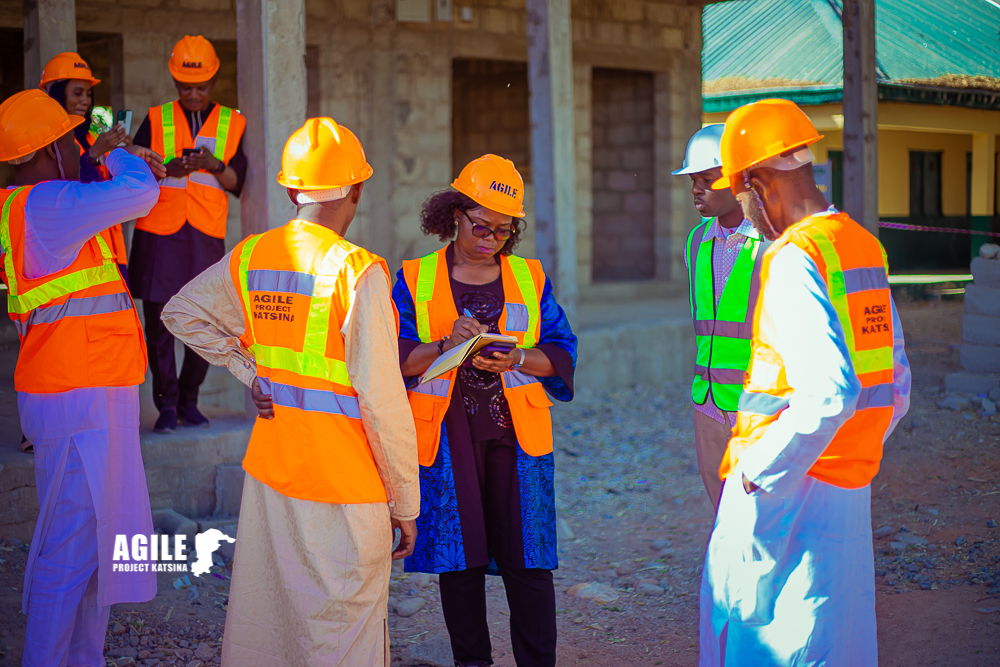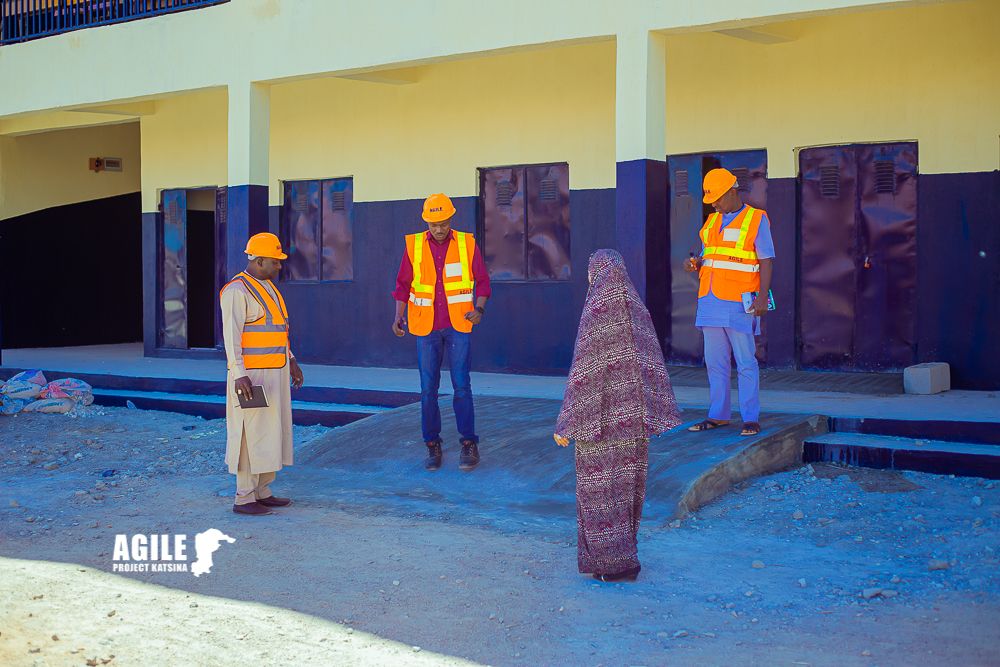Improving existing infrastructure in secondary schools
The objectives of this subcomponent are to: (i) accommodate an increase in girls’ enrolment and girls’ transition to secondary schools; and (ii) make the school environment safe, accessible, inclusive and conducive to teaching and learning. It will provide school improvement grants (SIGs) to improve existing infrastructure in all 578 public Junior & Senior Secondary Schools in Katsina State. Two types of SIGs will be provided:
- Large infrastructure expansion SIGs to support JSSs and SSSs that will receive beneficiaries of the Girls’ Scholarship Program (GSP) supported under Subcomponent 2.3 to reduce overcrowding of existing schools/ensure adequate spaces for students in schools. Schools that have more than 50 students per functional classroom who receive an additional 50 girls or more from the GSP will receive from US$30,000 to US$60,000 to build or rehabilitate a block of three classrooms.
- Small SIGs to support: (i) improvement of WASH facilities; (ii) provision of school furniture and TLMs; and (iii) the adoption and implementation of an environmentally friendly and ‘whole school approach’ for violence prevention and response. The amount of these grants will depend on the size of the school. Schools that have fewer than 250 students will receive US$ 8,000, those that have between 250 and 400 students will receive US$12,000, and the schools that have more than 400 students will receive US$16,000.
The larger grants for building/rehabilitation of classrooms (described in (a) above) will be targeted towards schools in LGAs where scholarships for girls will be provided under Subcomponent 2.3 (GSP) to accommodate increased enrolment. More than 760 schools will receive these grants. The small grants (described in (b) above) will be provided to all 4,700 JSSs and SSS schools to be managed by School Based Management Committees.



Implementation arrangements
The SIGs will be provided to finance an approved school improvement plan (SIP) to be developed by each school’s School-Based Management Committees (SBMC) (which are already in place for many schools) and endorsed by the SPIU. SBMCs will be responsible for both SIP development and SIG management and will be provided training in both SIP development and SIG utilization and management. To be eligible for a grant, an SBMC must: (a) be fully functional; (b) have a bank account at a commercial bank; (c) have received training as described earlier; and (d) have a costed SIP, approved by the SPIU. Grants will be provided to the SBMC in two to three tranches, first when the grant is approved and second and third when an agreed percentage of the output has been completed. A key required element of the SIP will be efforts/activities to facilitate the ‘whole school approach.’ It is critical that the SIP include measures to increase girls’ attendance and include activities and measures to promote inclusion and prevent violence and promote safety – in line with the “whole school approach” as described in box 4 below. The SIPs will include establishment of confidential and student-friendly reporting mechanisms for referral, and counselling and support systems for students who feel unsafe or who have experienced violence including GBV. SBMCs will be responsible for implementing construction under this subcomponent and if the SBMC lacks technical capacity, it will appoint a local engineer consultant for technical support after obtaining approval from the SPIU.

